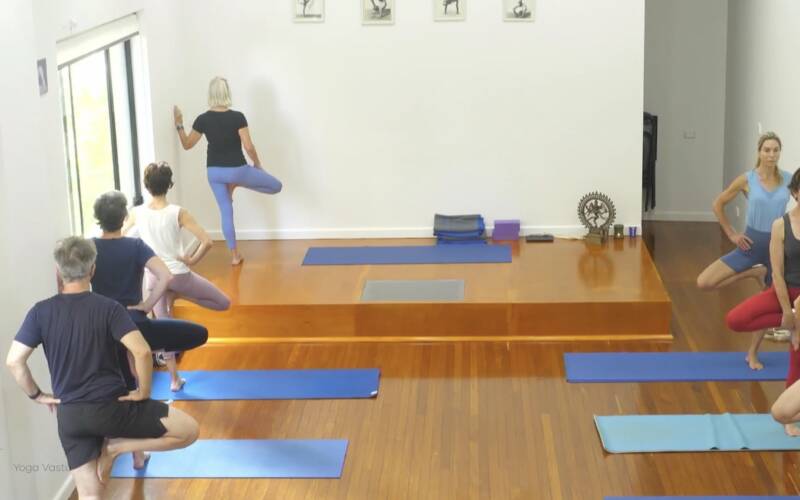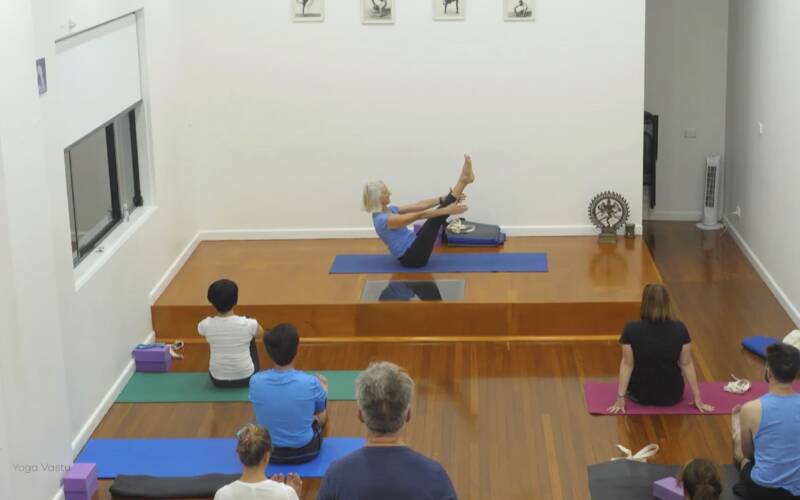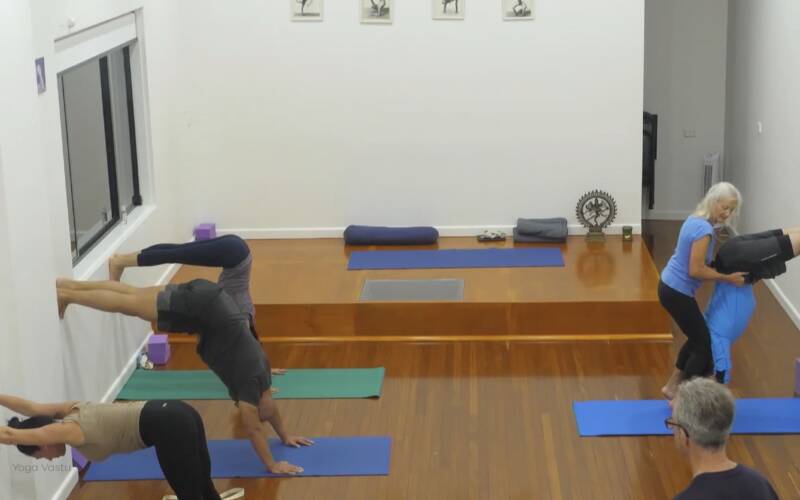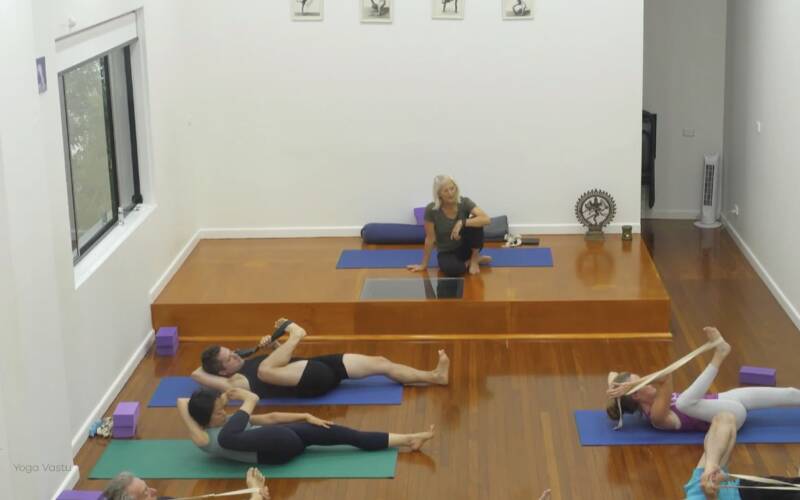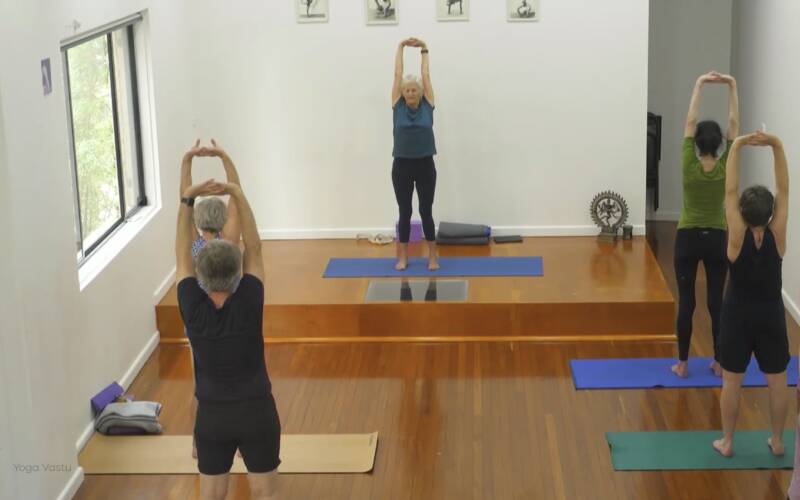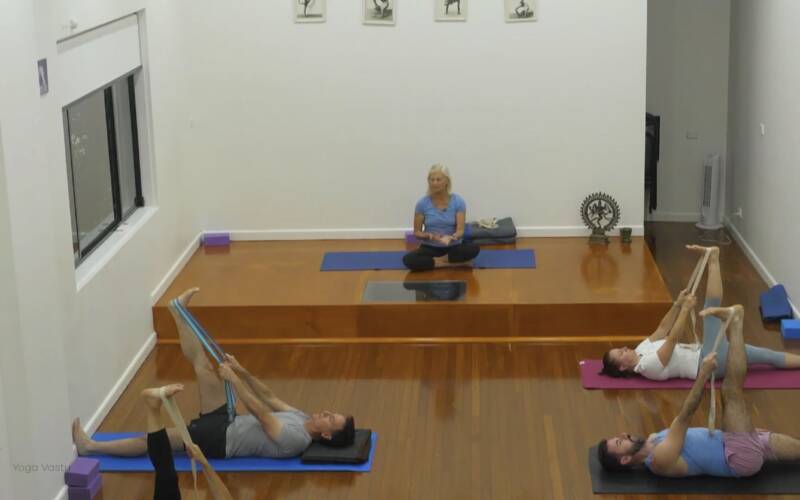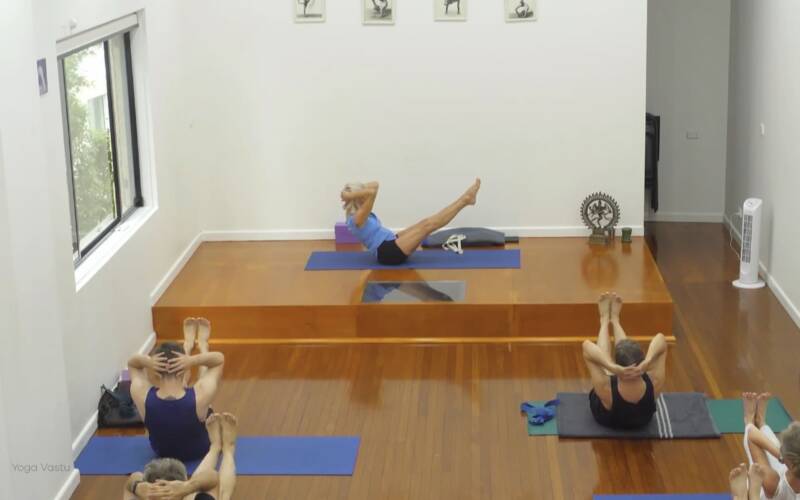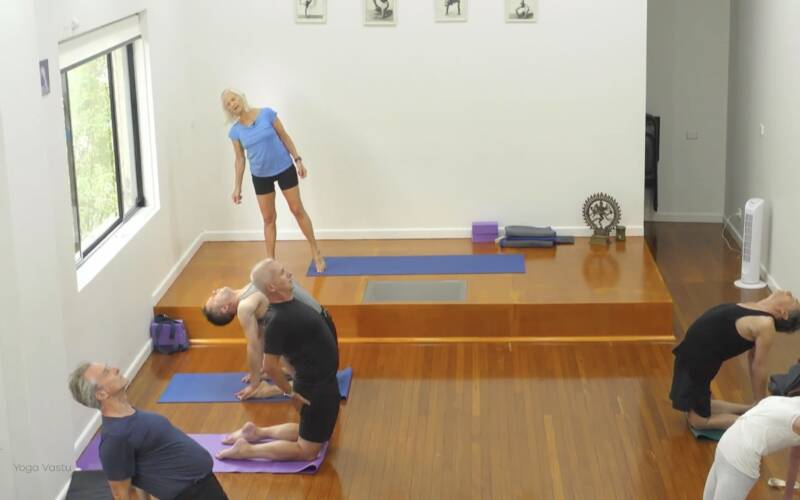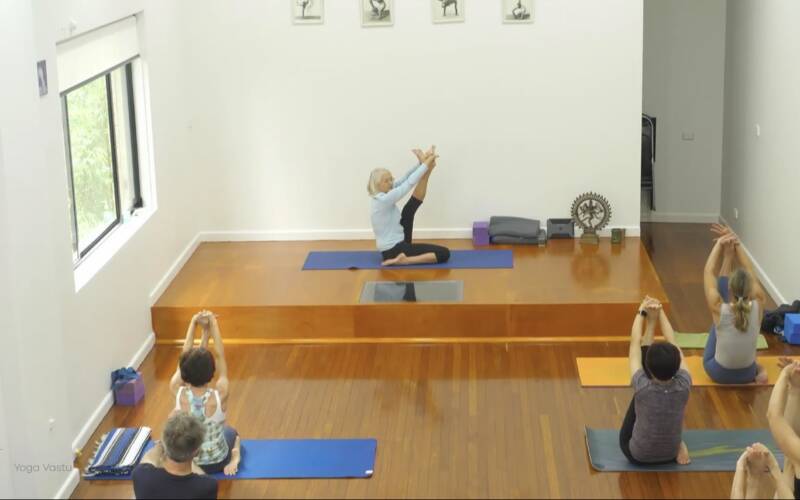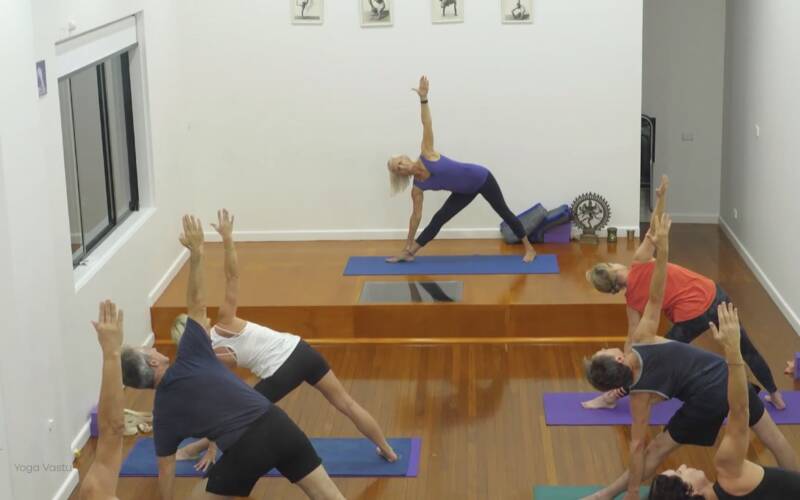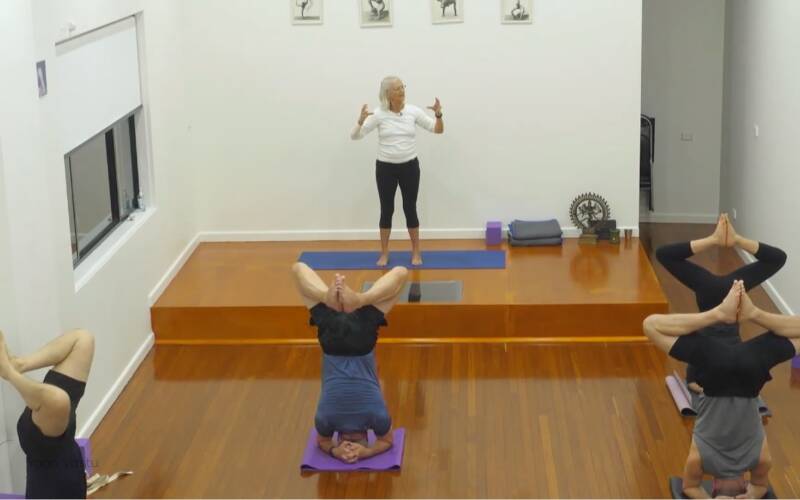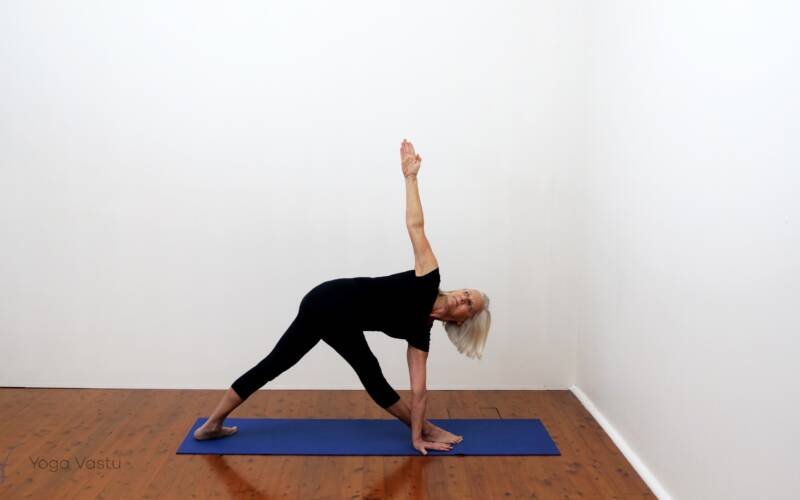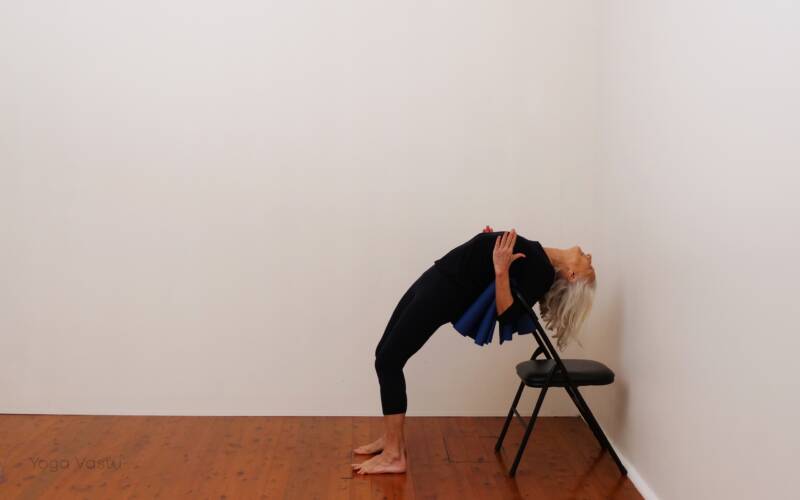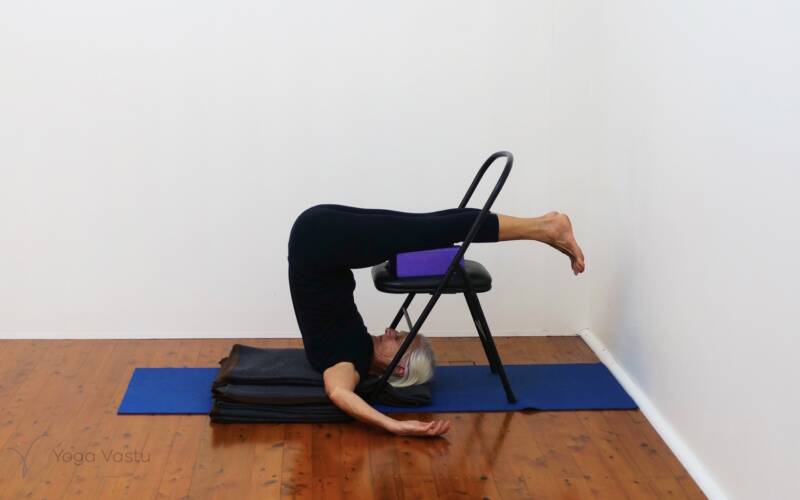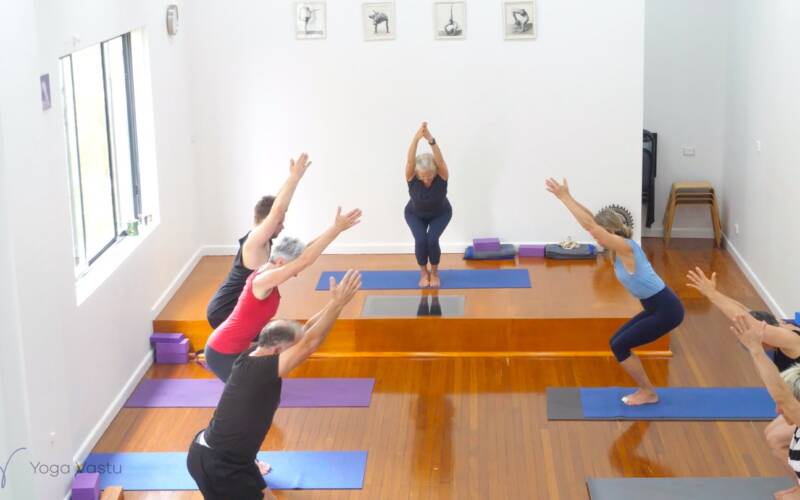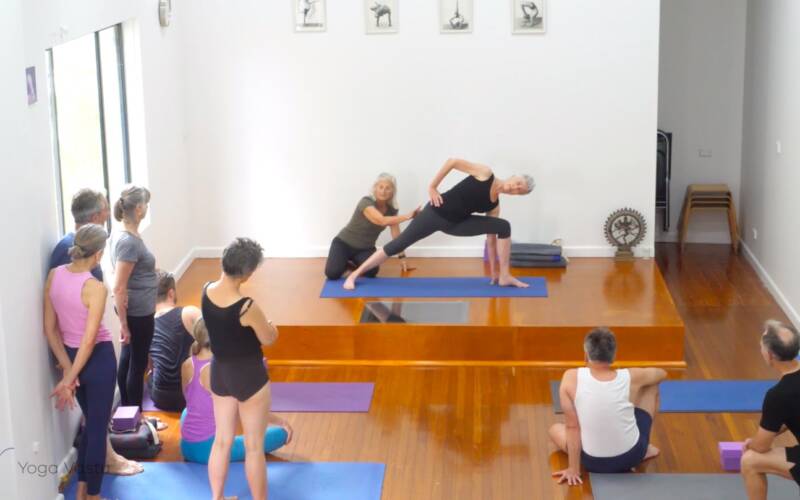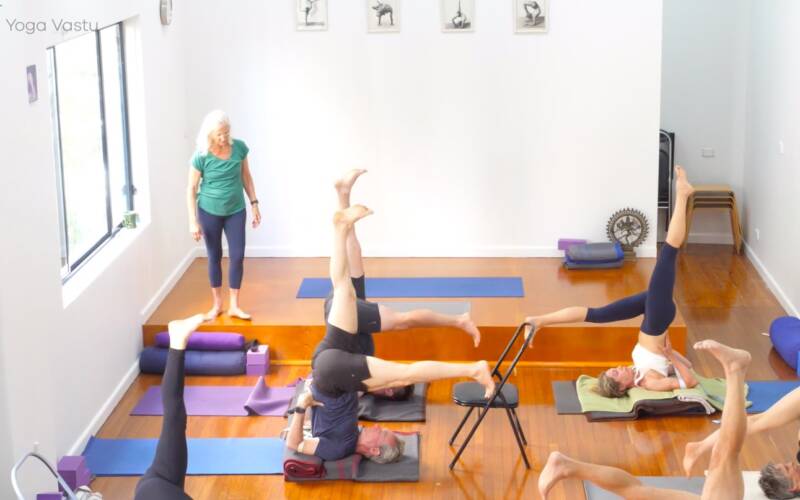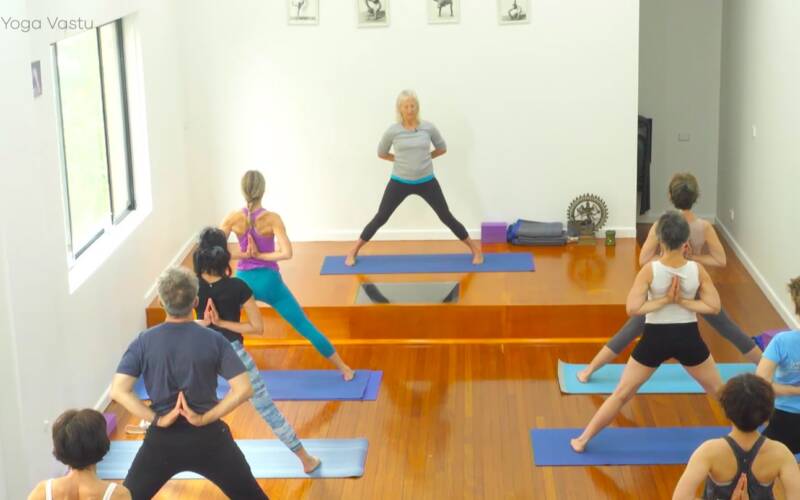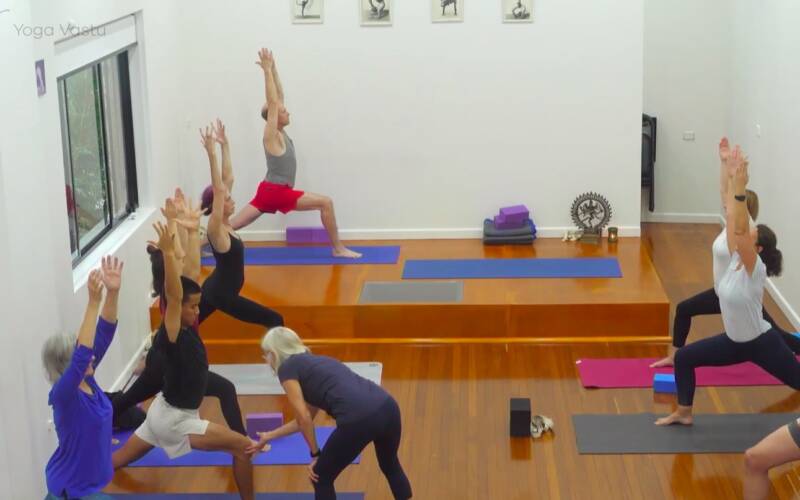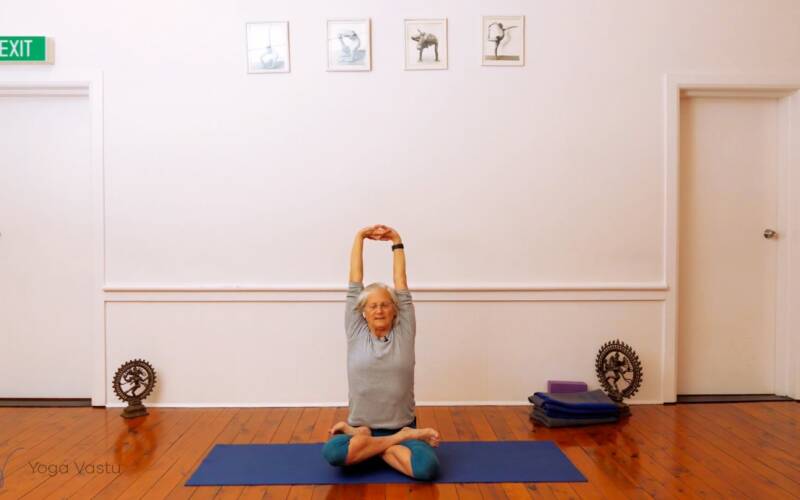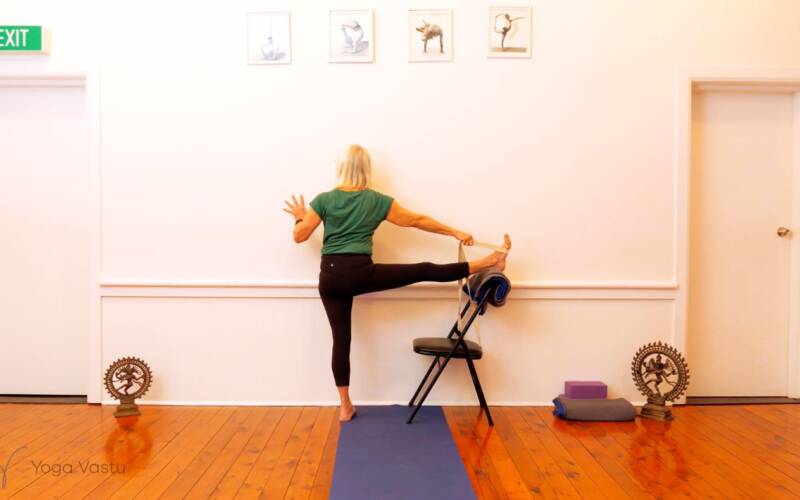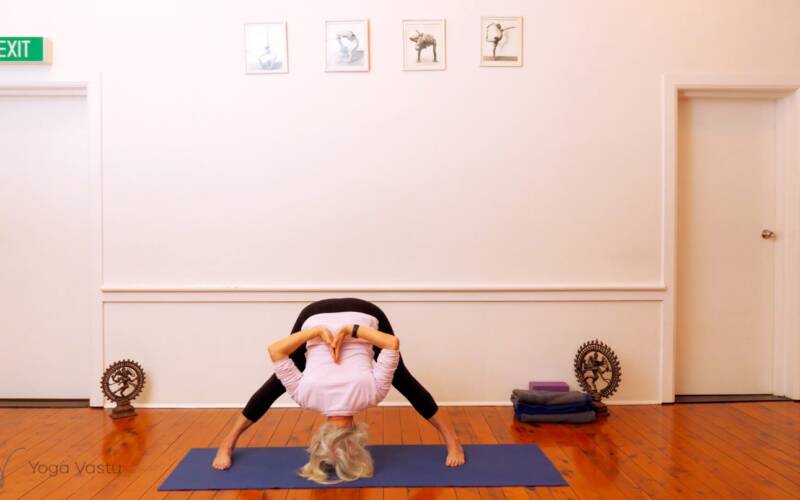What are inversions good for?
Inversions can be both calming and energising. There are several types of inversion asana, depending on the effect.
Cooling inversions calm the nervous system and help you relax. A good example is Salamba Sarvangasana (Shoulderstand), sometimes called the Mother of Asanas. The position of the head and chin have a positive effect on the thyroid and parathyroid gland. Increased blood flow to the heart helps restore heart function and normalize the heartbeat. Cooling inversions are a good way to wind down and ensure you sleep better at night.
Heating inversions energise the body and mind. Increased blood flow to the brain helps stimulate brain function, boost concentration and alertness, and improve motivation. Examples of heating inversions are: Salamba Sirsasana (Headstand), Pincha Mayurasana (Feathered Peacock Pose or Forearm Balance), and Adho Mukha Vrksasana (Handstand). Such inversion asanas can boost energy levels and get rid of brain fog fast.
Overall, inversion asanas increase blood circulation, strengthen the immune system, improve the function of key organs (brain, heart, abdominal organs), build core strength, help find balance in everyday life, make you more adaptive.
Are inversion asanas safe?
Inversions could be dangerous for people suffering from high or low blood pressure.
When approached with caution, inversion asanas are quite safe. Before attempting a full inversion, try a partial inversion: Adho Mukha Svanasana (Downward Facing Dog Pose) or Setu Bandha Sarvangasana (Supported Bridge Pose). Assess your feelings. If you feel dizzy and lightheaded, refrain from going further. Consult your physician first.
How to do inversions
Beginners should start practicing inversion asanas with support. Wall support and extra cushioning can help build confidence and provide a safety net.
Before you start, strengthen your arms and shoulders. Good exercises include: Adho Mukha Svanasana to Virasana Forward, Chaturanga Dandasana (Four-Limbed Staff Pose), Urdhva Baddhanguliyasana (Palm Tree Pose), Urdhva Hastasana (Upward Salute), Garudasana (Eagle Pose), and Forearm Plank. They strengthen the core and help lay the foundations to get proper alignment in inversion asanas.
Other good steps to prepare for inversion asanas are doing Adho Mukha Vrksasana Preparation (Handstand Preparation) and Salamba Sirsasana Preparation (Headstand Preparation).
